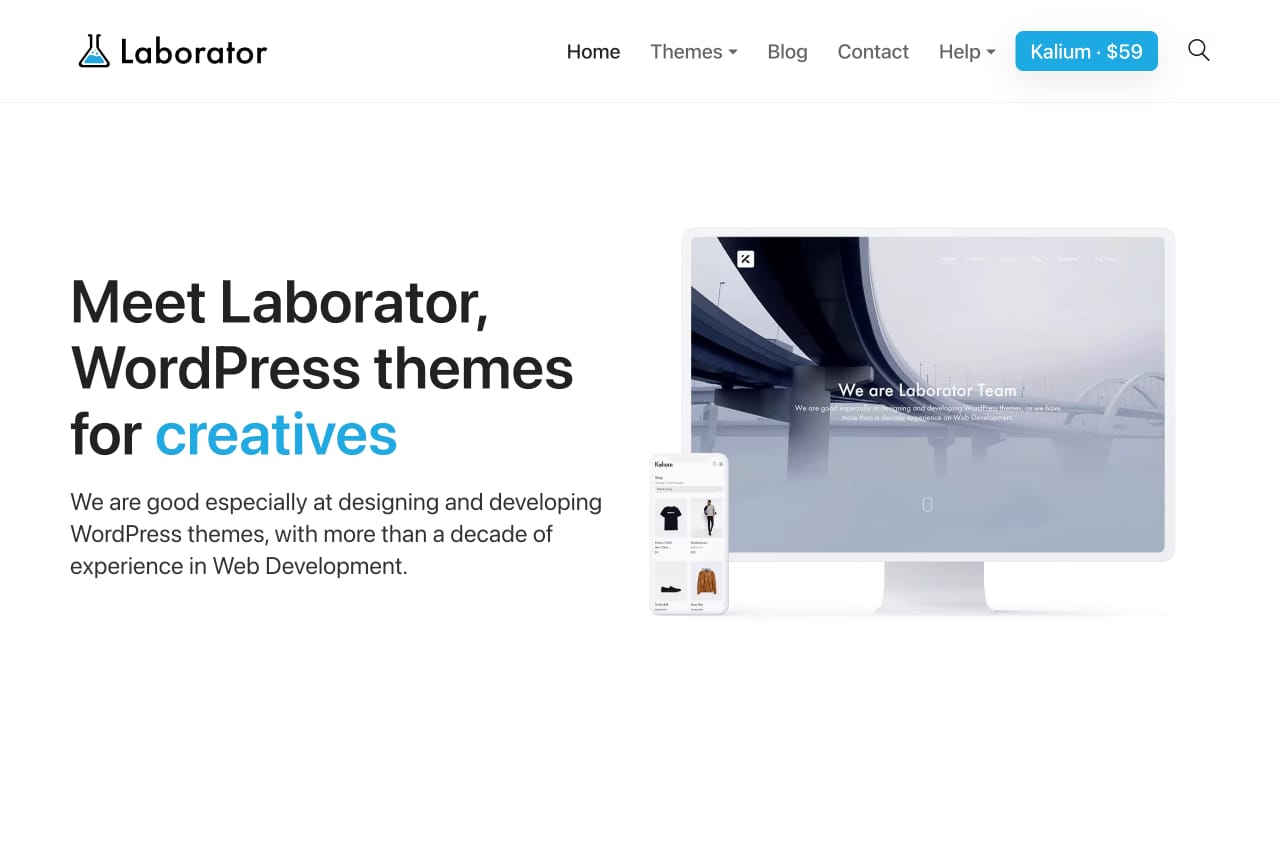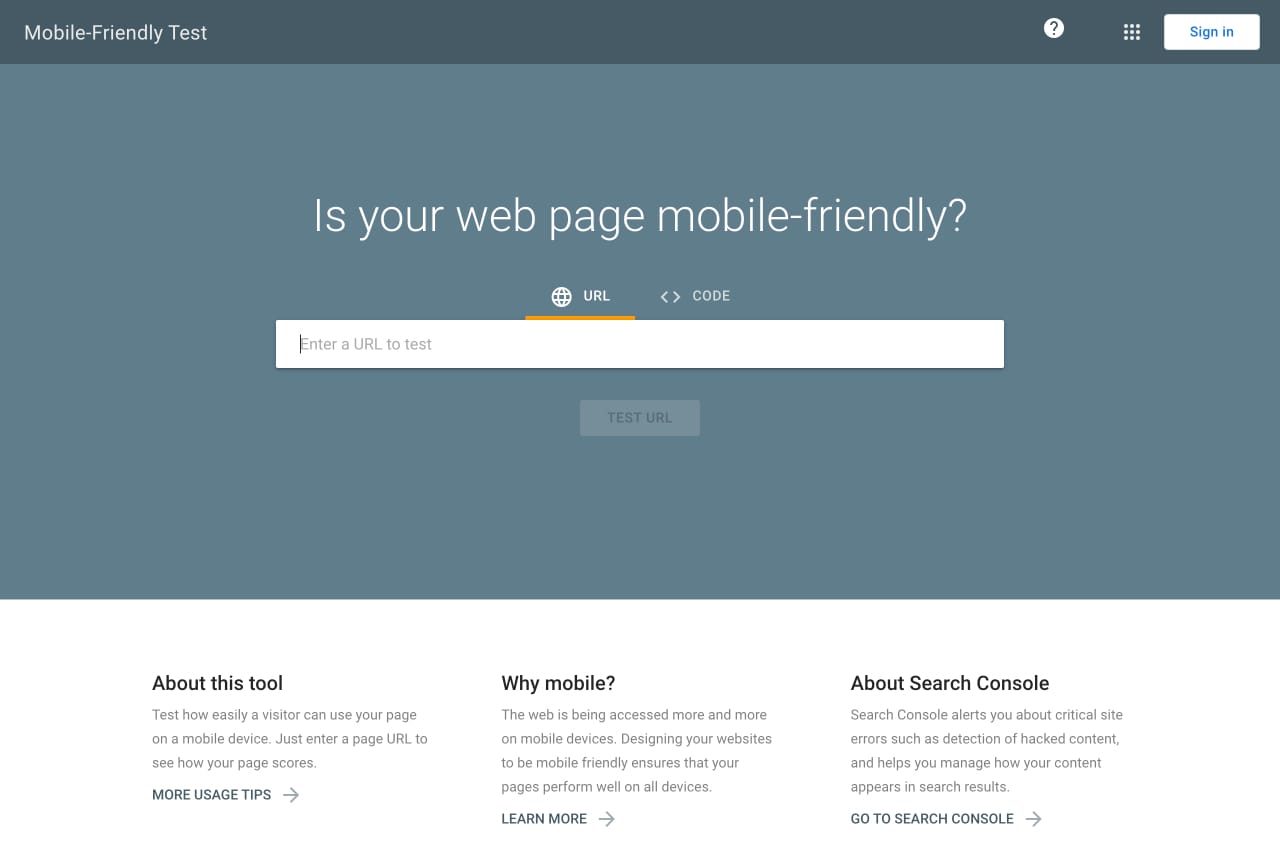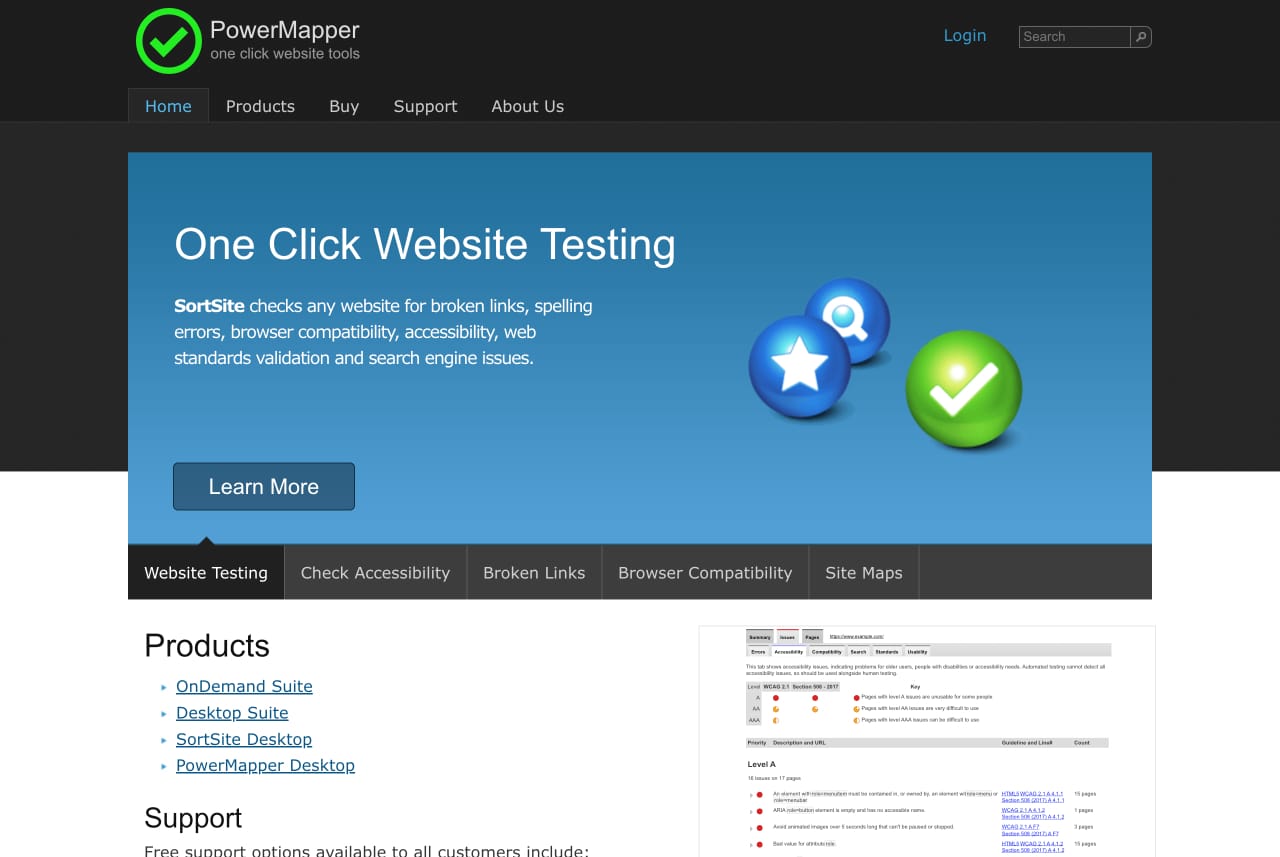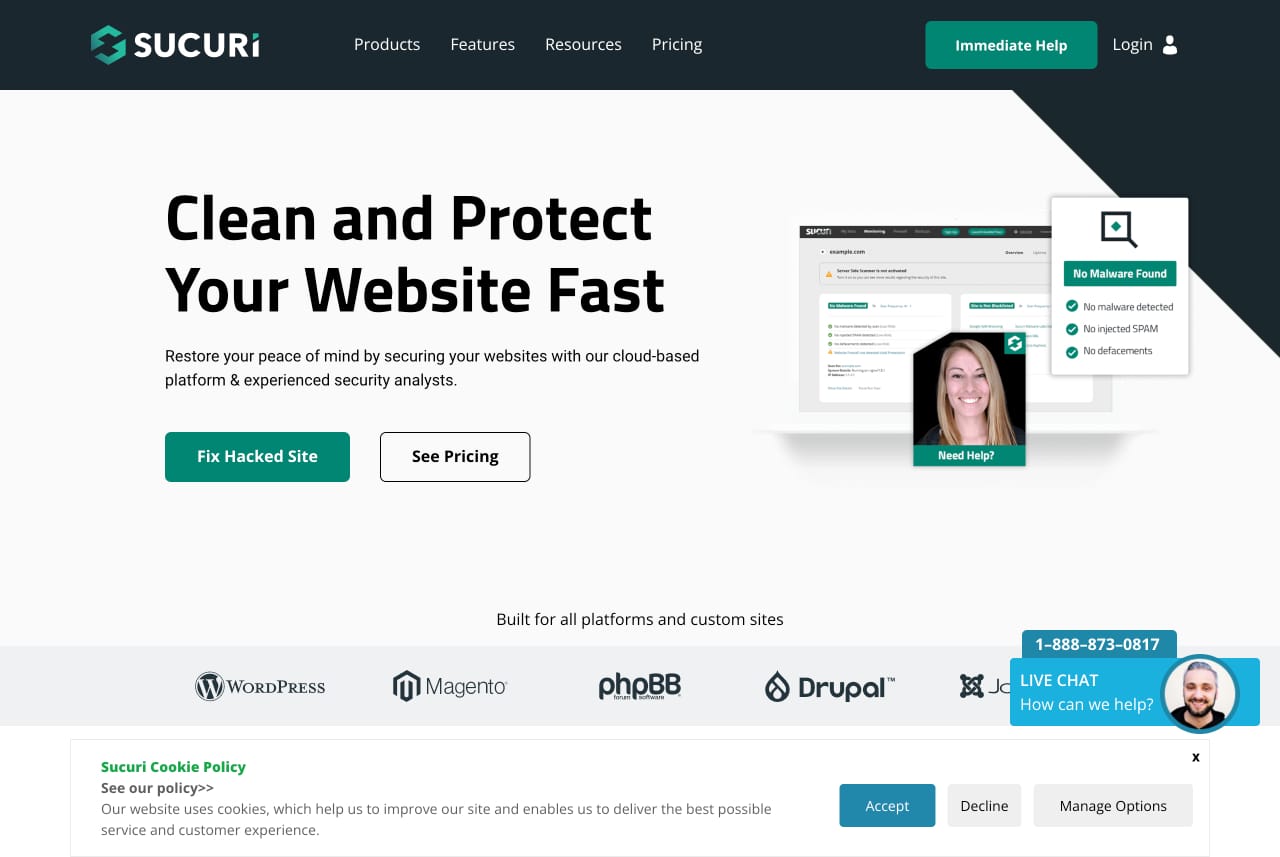There are many WordPress themes that can make your website look beautiful. Unfortunately, some themes (especially free ones) can be slow, unresponsive, or incompatible with popular browsers. This can harm your search rankings and User Experience (UX).
Fortunately, it’s easier to choose the right WordPress theme when you know what to look for. Whether you want something that’s easy to customize or that integrates with a specific plugin, our guide can help.
In this post, we’ll take a closer look at why it’s important to choose the right WordPress theme. Then, we’ll share five useful tips to help you find a suitable option for your site. Let’s get started!
Why It’s Important to Choose the Right WordPress Theme
Your theme determines the look and feel of your website. Therefore, you’ll want to choose it wisely. This is especially important for eCommerce sites since a poorly designed theme can make your business seem untrustworthy.
There are many themes that can make your site look beautiful and professional. However, it’s important to make sure that your chosen design has the functionality you need. For instance, some themes cater to specific types of websites like membership site themes or WooCommerce themes.
Additionally, you might install a theme that looks great, only to discover that it slows your site down. Not only is this bad news for your UX, but it can also harm your search rankings.
What’s more, some themes aren’t very easy to customize. Plus, if a theme is poorly-coded, it might be incompatible with the plugins on your site.
How to Choose the Right WordPress Theme (5 Tips)
Now, let’s take a look at five tips that can help you find the right WordPress theme for your site.
1. Make Sure It’s Lightweight and Easy to Customize
A lightweight theme is a fast theme. Therefore, it can boost your search rankings and help you deliver an excellent UX.
Studies show that a four-second delay can increase your bounce rate by 24 percent. With that in mind, it’s important to make sure that your theme isn’t weighed down by unnecessary features.
You can conduct a speed test for your theme with Pingdom. Simply enter your URL and get an instant result:

All Laborator themes are free from bulky scripts, enabling you to serve up content quickly. Plus, we design responsive layouts, so that visitors can interact with your site across all devices.
Better yet, our live site customizer makes it easy to edit your theme:

For example, you can apply your brand colors, swap in your own images, and change the fonts. Plus, you can make additional changes to your theme through the WordPress Customizer.
2. Check that It’s Responsive
Responsive designs can help you ensure that your website looks good across mobile, desktop, and tablet devices. Elements such as images and menus should adjust accordingly, scaling up and down when required.
Choosing a responsive theme is important as a large portion of your site visitors will be using a mobile phone. What’s more, Google rewards mobile-friendly themes, so it’s an easy way to make your site more visible in search results.
You can use this free tool to test your theme’s responsiveness:

Plus, most themes come with previews for different screen sizes. This way, you can see what your site will look like on smaller devices, like tablets and mobile phones.
3. Assess the Theme’s Trustworthiness
When determining how trustworthy a theme is, it can be useful to evaluate the quality of the code. Clean code will be easy to understand and change.
It should also help search engines find your tags and metadata quickly, improving your crawl ability. On the other hand, poor code can weigh down your site, hindering your web performance.
A trustworthy theme will also be updated regularly. This shows you that the developer is still active (and reachable if you have questions/issues).
Plus, it also demonstrates that the theme is compatible with the latest versions of WordPress and popular browsers. Not only that, but updates often come with security patches and bug fixes.
It’s a good idea to check out the reviews by other users before selecting a theme:

Additionally, you could try to find out what level of support is available. Is it easy to get in touch with the developer? Are contact details provided? You can also visit forums to see how quickly issues are resolved.
4. Find Out Whether It’s Compatible With Popular Plugins and Browsers
If a theme is compatible with all major browsers, it can make your site more widely accessible. At the very least, your theme should work with Mozilla, Google Chrome, and Safari.
Plus, it’s a good idea to check version compatibility since not everyone uses the latest versions. Ideally, a theme will work on the last five versions of each browser.
You can use a tool like PowerMapper to run browser compatibility tests:

You’ll also want to make sure that your theme integrates with the plugins you want to use on your site. For instance, you might install page builders, contact form builders, SEO plugins, and WooCommerce.
Bear in mind that a poorly-coded theme (or one with too many features) can result in several WordPress errors. Plus, if you ever want to switch themes, you can lose the content that you created with these features. Therefore, it’s best to opt for a simple theme and add your features with plugins.
5. Make Sure Your Theme Is Free from Malware
Some themes, especially free ones, can be harmful to your website. They might steal your data, create spammy popup ads, or infect your site with malware and spread it to your visitors’ devices.
If your theme contains malware, your website won’t rank well in search engines. In fact, search engines may even blocklist or de-index your site to protect other websites. Once your website has been blocklisted, it can be very difficult to undo the damage.
Therefore, you might want to install a malware scanner like Sucuri on your site:

Once installed, the tool will automatically scan your site and detect online threats. This will help you ensure that your theme is safe and malware-free.
Conclusion
Of course, you want to find a theme that makes your website look good. However, it’s easy to end up with a theme that’s weighed down with features, poorly coded, or infected with malware.
To recap, here are five tips to help you choose the right WordPress theme:
- Make sure it’s lightweight and easy to customize like our Laborator themes.
- Check that it’s responsive.
- Assess the theme’s responsiveness.
- Find out whether it’s compatible with popular browsers and plugins.
- Make sure your theme is free from malware.
Do you have any questions about choosing a WordPress theme? Let us know in the comments section below!


